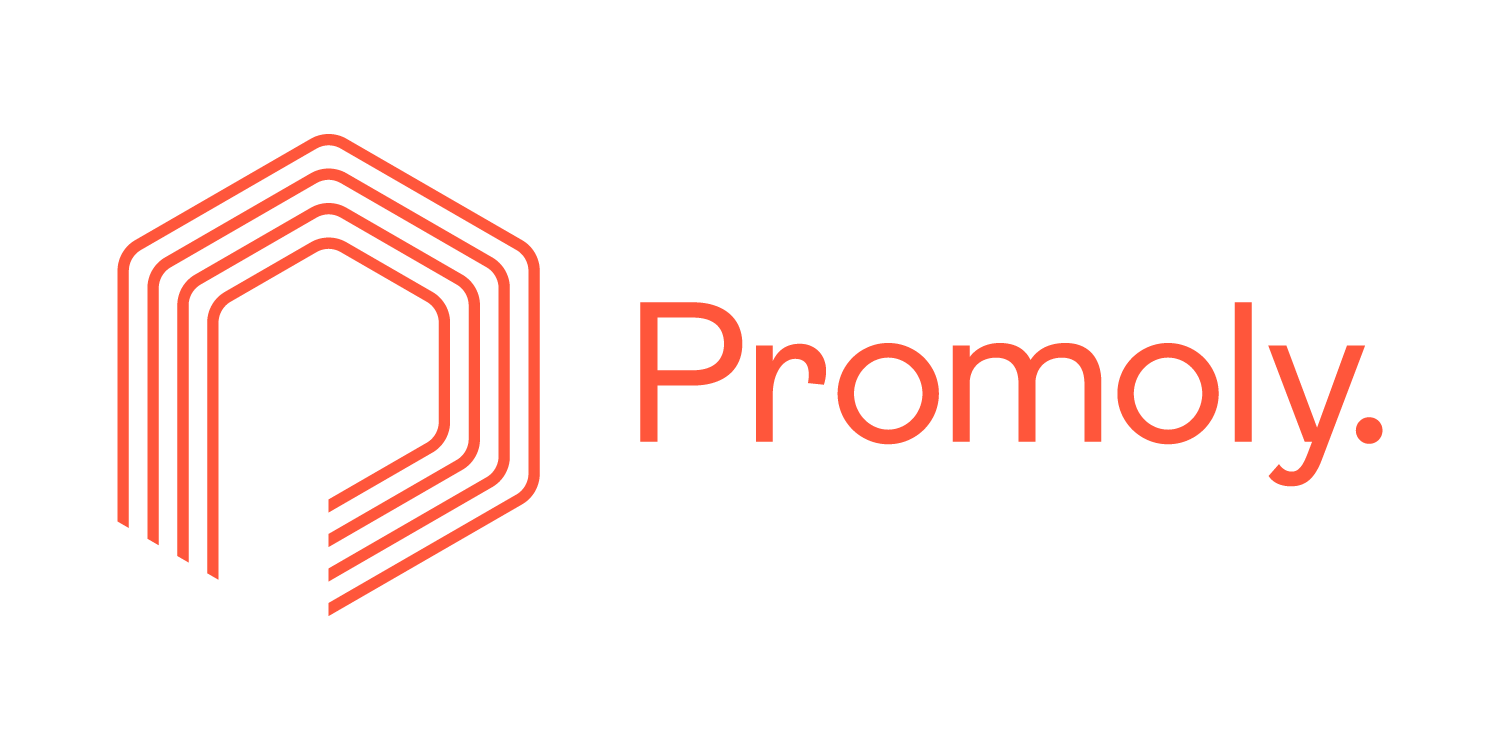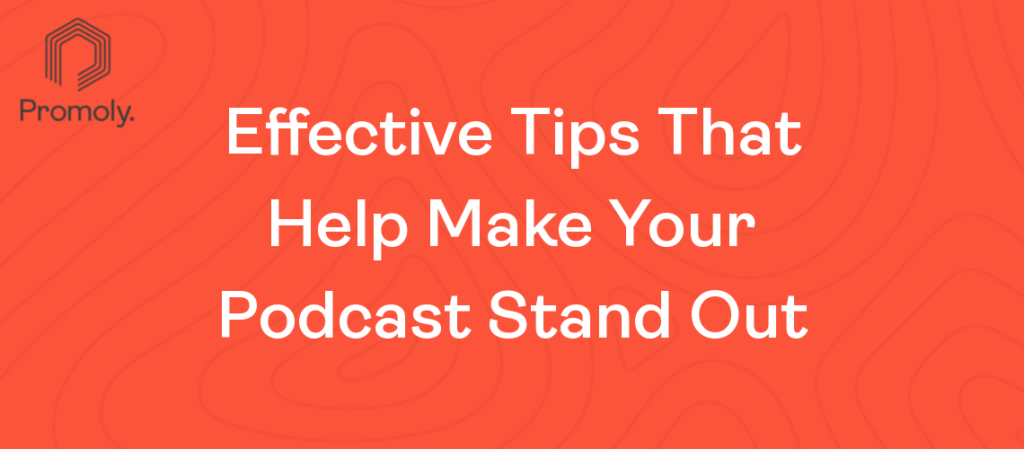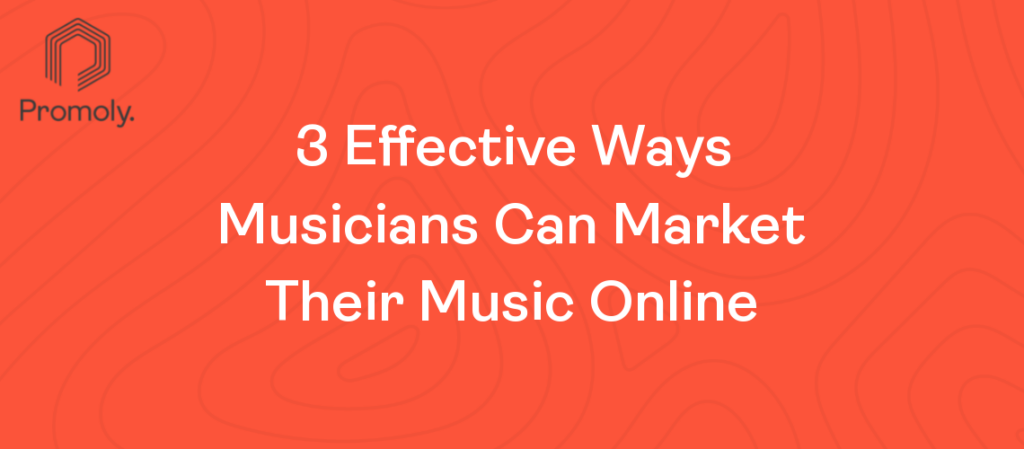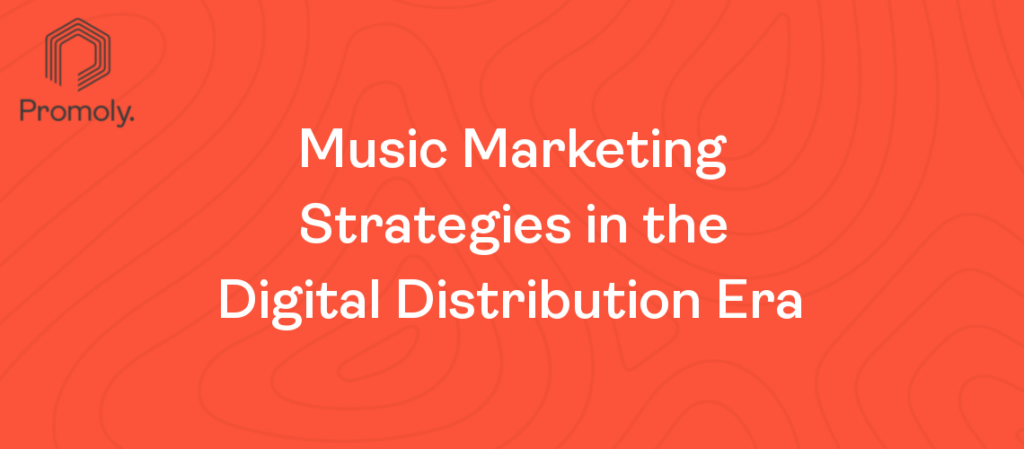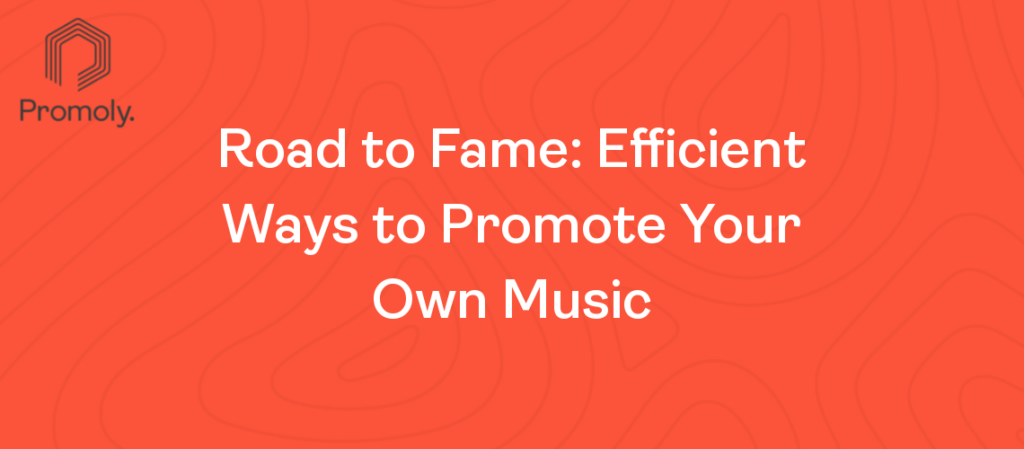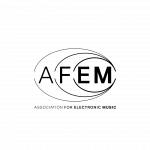In the UK during the 1980s, the first instances of what would become DNB (drum and bass) evolved from the Acid House music scene, specifically from a subgenre called Breakbeat Hardcore. From there, heavier bass and distinctive up-tempos would come to define this new underground electronic music. Additional Jamaican dub and reggae sounds from jungle music in addition to some jazz elements would come to bear when dnb took off in the early 1990s.
Dnb is easily the child of many genres, taking components from mid-century funk stars, layering hip-hop lyrics over sampled beats, or employing reggae-style MCs to complement a DJ spinning dnb at an overnight club.
Because of these varied roots, dnb is still relevant. Its origins are plentiful and deep, and its evolution is because it draws from such an expansive pool of influence. Thanks to pioneering DJs and a diverse audience, dnb continues to change and develop almost 30 years later.
In Bristol and London, the United Kingdom continues to pride itself on the cultivation of dnb. This is where dnb music was born and where it now continues to thrive. Elements of dnb have migrated through the world, closely following the rise of house and electronic music in North America, Germany, The Netherlands, South Africa, Belgium, the Czech Republic, Slovakia and Slovenia, and even China and India, as dnb DJs have emigrated from London due to skyrocketing costs of living. Sambass, in particular, has gained a significant following in Brazil as the mixture of Samba rhythms and dnb tracks has made it one of the more popular subgenres of dnb.
The continued evolution of dnb now relies on an increasingly dedicated community providing new dnb mixes from various creators via online radio. Dnbradio is one of the premier radio channels that continues to stream some of the best drum and bass radio on the internet.
Where did dnb music come from?
Dnb is a true fusion music style. It’s almost synonymous with Jungle style music. As such, you can trace its primary evolution to the previously mentioned genres: techno, house, hip-hop, jazz and ragga.
Techno music and the rave scene in the UK paved the way for dnb’s creation. They share a fundamentally electronic sound, though dnb accelerates the beat and emphasizes the drum and basslines. Further, this underground techno culture fed into dnb’s similar adoption route that fed into a nightclub and overnight outdoor event culture.
Dnb has also been one of Britain’s more successful answers to hip-hop. Though many have tried, British execution of hip-hop has always been lacking, partly because it’s difficult to fake vital sincerity towards uniquely American situations that many British artists cannot relate to.
The ease and fluidity of American hip-hop have eluded British artists since its popularity in America beginning in the 1970s. Dnb, however, has managed to include the beats and sounds of hip-hop (not so much the lyrics) in a very appealing way. Hip-hop influences also shine through in the attention that dnb DJs pay to the rhythm and texture of the sound that they mix.
Ragga also contributes significantly to jungle dnb’s musical identity. These Jamaican dub and reggae roots have a strong foothold in the British music scene. With quicker beats and spitfire rap verses, it is the foundation of many dnb tunes.
Fans of jungle music often called junglists, listened at raves and on pirate radio film in Britain from its infancy until it went mainstream in 1994. Some junglists decided to move away from the traditional jungle roots that were increasingly associated with violence and criminal activity.
This move marked a shift towards music like that which is available on jump-up dnb radio. This rave- and dancehall-based Jamaican music culture rose up simultaneously and, most likely, in opposition to these negative associations with jungle music.
Finally, jazz overtones are also consistently present in dnb tracks, with many classic jazz performers cited as an inspiration. This end of the musical spectrum adds an interesting richness and contrasting smoothness to dnb mixes, resulting in an entirely unique sound.
What makes dnb unique?
Like Jungle music, dnb is a uniquely British mixture of sorts. Some even claim that it may be the first British created electronic music and that it only could have developed here.
In fact, a lot of its success comes from dnb’s ability to draw from so many styles of music that cross racial lines. Thanks to the post-colonial climate of a degree of assimilated inclusion, audiences in Britain enjoy more freedom in moving past racial barriers that offer more resistance in other countries. Top DJs spinning dnb music are both black and white, and they’re free to use inspiration from many culturally significant types of music. As a result, dnb music creation is never stagnant, and there is always something new to try.
Secondly, dnb is a genuinely unifying blend of music. Thanks to the pieces that layer into each track, it appeals to a specific but dynamic audience, one that continues to enjoy the cutting-edge progression and evolution of the dnb mix. That amount of crossover also allows dnb to stay fresh and relevant to its core audience while captivating outside listeners with hooks and tracks appropriated from other familiar genres.
When you reflect on the timeline of dnb, it’s evident that even with its reliance on sophisticated electronic equipment, this genre was born and cemented pre-internet. The early 90s technology available around the time of dnb’s birth would have required a great deal of dedication, which is likely one of the reasons why dnb continues to thrive. It’s producers and fans have been committed since the beginning.
Just as dnb was born of so many varied influences, it has also spurred the growth of a vast array of sub-genres. Dnb’s evolution has led to darkstep, hardstep, funkstep, breakstep, jump-up liquid funk, neurofunk, techstep, drumstep, technoid, footwork, Sambass and drill’n’ bass to name a few.
They each explore a nuance or blend of dnb characteristics, all punctuated with that signature breakbeat. Thanks again to dnb’s variety of influences, the sounds of the drums and bass show up differently so everyone can find his or her own space of enjoyment within dnb. DJs will spin tunes with strikingly different features and sounds, but all are considered dnb because of the tempo.
How can record labels and Artists benefit from Dnb radio?
The 2016 sale of RAM (a prominent dnb label) to Sony RMG was viewed with both trepidation and enthusiasm by the dnb community. On the one hand, the sale says a lot about dnb’s continued survival and relevance. On the other, loyalists feared that some of the guiding forces of dnb had sold out. Regardless, it is an essential recognition of the genre and the value that it represents to the community at large.
Dnb only thrives in the face of constant change and reinvention. Its tunes have a notoriously short half-life, so the importance of sustaining dnb production can’t be emphasized enough.
Having said that, dnb radio is the best of both worlds. Constant creation is the catalyst for growth, improvement and evolution, practically everything that dnb embodies. Tune-in radio websites provide an affordable means of providing an accessible source of the latest trends and compilations outside of the urban hubs that routinely see fresh DJ productions. Bassdrive, for example, offers live radio drum and bass streams around the world. Koollondon’s resident family of producers and Radio Garden offer several London radio stations which are both excellent dnb listening choices.
Sites like DNB Radio offer options to ensure the fidelity and integrity of dnb tracks remains high and state-of-the-art. Other options like Jungletrain stream jungle and reggae radio make up hundreds of online opportunities to listen to the newest dnb around the clock.
Supporting these stations by tuning in is the way for dnb enthusiasts, particularly those outside of London and the European hubs, to immerse themselves in the current scene. As dnb listeners absorb these brand-new sounds and combinations, we ensure that dnb continues to keep pace in this modern age.
Artists benefit primarily from making their content quickly and cheaply accessible to a targeted audience. They can stay abreast of trends and gain inspiration from what has worked well or poorly in other tracks posted to the web. Labels can see how listeners respond to new music so that they can stay ahead of the curve. Dedicated pools of music that represent the advancement of a movement, of culture and of a sound.
Regardless of your role in the dnb community-creator—promoter or consumer—streaming internet radio services with fresh creative content are a vital part of the collaborative spirit that propels dnb as a genre. This medium effectively supports dnb’s continued growth in the face of a scattered, niche demographic that requires this base level of interaction for inspiration and adaptation. Fundamentally, internet dnb radio creatively ensures the survival of the fittest.
Want to promote music to your mailing list? Take a look at Promoly and sign up for a free trial.
